Disclosure: This article contains affiliate links. We may earn a commission from purchases at no extra cost to you, which helps our travel content.
As a wildlife biologist who has spent decades observing how nature adapts to urban environments, I've developed a particular fascination with how cities themselves evolve and tell stories through their architecture, hidden spaces, and public art. Kaunas, Lithuania's second-largest city and former temporary capital, presents a fascinating case study in urban adaptation. The city's layers of history—from medieval foundations through Soviet occupation to its current renaissance as the 2022 European Capital of Culture—are visibly etched into its streets and walls. During a recent research conference in the Baltic region, I carved out a weekend to explore this compact yet surprisingly complex urban ecosystem, where brutalist Soviet-era buildings stand alongside Art Deco masterpieces, and where vibrant street art brings new life to forgotten corners. What follows is my field guide to exploring Kaunas on a student's budget, with the methodical eye of a scientist but the open heart of a traveler.
Navigating Kaunas: A Brief Ecological Overview
Before diving into specific locations, it's worth understanding Kaunas' unique urban geography. The city sits at the confluence of Lithuania's two largest rivers—the Nemunas and the Neris—creating a natural division that has shaped its development. The Old Town occupies the eastern bank where these waters meet, while the newer districts spread outward like growth rings on a tree.
Kaunas' development occurred in distinct phases, each leaving its mark on the urban landscape. The medieval Old Town features narrow, winding streets radiating from Town Hall Square. The New Town, developed in the 19th century under Tsarist Russia, follows a more orderly grid pattern. Perhaps most distinctive is the interwar period (1919-1939) when Kaunas served as Lithuania's temporary capital, resulting in a remarkable collection of Modernist and Art Deco buildings—so significant that the district earned a European Heritage Label and is on the UNESCO tentative list.
For efficient exploration, I recommend establishing a base near Laisvės alėja (Liberty Avenue), the pedestrian artery that connects the Old and New Towns. From my research trips, I've learned that a reliable city map is essential despite the prevalence of smartphones—battery life is precious when documenting urban discoveries, and cellular data can be unreliable in some areas. Additionally, Kaunas' public transport system is straightforward but having a physical reference prevents you from standing conspicuously on street corners repeatedly checking your phone.
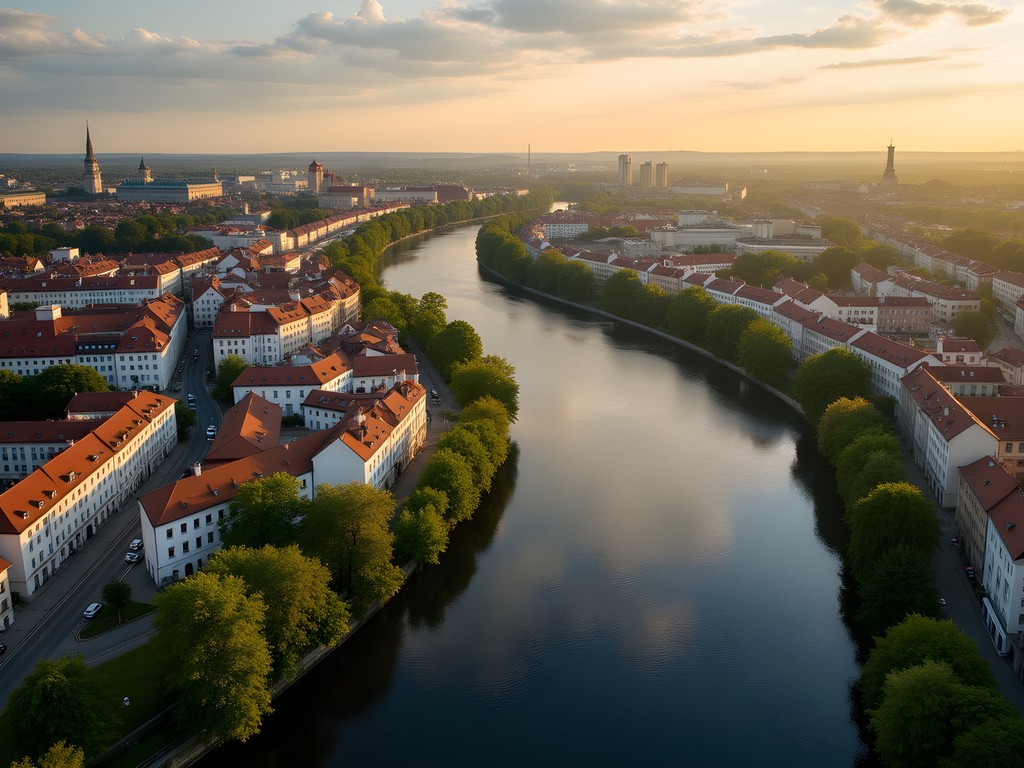
💡 Pro Tips
- Purchase a Kaunas City Card (€12 for 48 hours) for free public transportation and museum discounts
- Download maps.me app for offline navigation when exploring less touristed neighborhoods
- The city is compact enough that most key sites are within walking distance—wear comfortable shoes
The Street Art Ecosystem: Mapping Creativity Across Kaunas
What fascinates me as a biologist about street art is how it functions as a visual indicator of urban health and adaptation—much like certain species serve as bioindicators in natural ecosystems. Kaunas has one of the most vibrant street art scenes in the Baltic region, with murals that range from whimsical to deeply political.
The epicenter of this creative expression is undoubtedly Kiemo Galerija (Yard Gallery) on E. Ožeškienės g. 21. This courtyard, transformed by artist Vytenis Jakas, began as a project to build community in a fragmented post-Soviet neighborhood. Jakas painted portraits of former Jewish residents who lived here before WWII, creating a haunting memorial that reconnects the present with an erased past. The project expanded as other artists contributed, turning the once-neglected space into an ever-evolving outdoor gallery.
For systematic exploration of Kaunas' street art, I recommend following the 'Wise Old Man' route. This recurring character—a quirky elderly figure with a pink scarf—appears on walls throughout the city, created by artist Linas Kaziulionis. Finding these paintings becomes a delightful scavenger hunt that leads you through neighborhoods tourists rarely see.
Documenting street art requires good photographic equipment. My compact camera proved invaluable for capturing these works in varying light conditions. Its small size makes it unobtrusive when photographing in residential areas, while still providing the image quality needed to capture the intricate details and vivid colors that characterize Kaunas' murals.
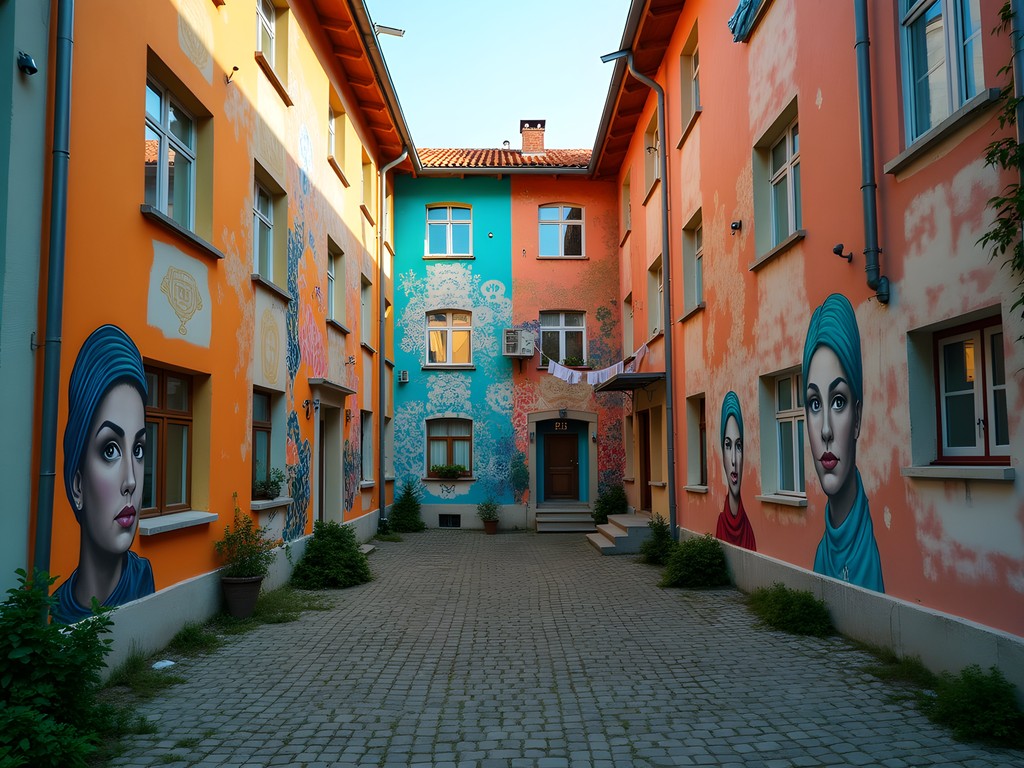
💡 Pro Tips
- Visit Kiemo Galerija early morning or evening to avoid crowds and get better lighting for photographs
- Download the 'Kaunas Street Art' map from the tourist office for a self-guided tour
- Street art changes frequently—be open to discovering new works not on official maps
Interwar Architecture: A Modernist Time Capsule
The architectural heritage of interwar Kaunas (1919-1939) represents one of the most concentrated collections of Modernist and Art Deco buildings in Europe. As a scientist accustomed to observing adaptation, I find it remarkable how these structures reflect Lithuania's rapid transformation after gaining independence—a nation constructing its identity through built environment.
The most efficient way to survey this architectural phenomenon is to follow Vytauto Prospektas from the Old Town toward the Žaliakalnis district. This street showcases the evolution of architectural styles as you move chronologically through the city's development. Begin at the Central Post Office, a stunning example of Lithuanian National Modernism with its geometric forms softened by folk art motifs. The interior, with its original fixtures and murals, functions as a time capsule of 1930s public design while still serving its original purpose.
Continue to the National M.K. Čiurlionis Art Museum, whose symmetrical facade and monumental stairs epitomize the optimism of the young Lithuanian republic. Inside, the works of Čiurlionis—a pioneering abstract painter and composer—provide cultural context for the architectural movement flourishing around his art.
For those interested in architectural documentation, I've found that a pocket notebook remains indispensable despite our digital age. The process of sketching building details or noting distinctive features engages a different kind of observation than photography alone. During my exploration, I filled several pages with notes on recurring motifs across different buildings, helping me identify patterns I might have missed through the lens of a camera.
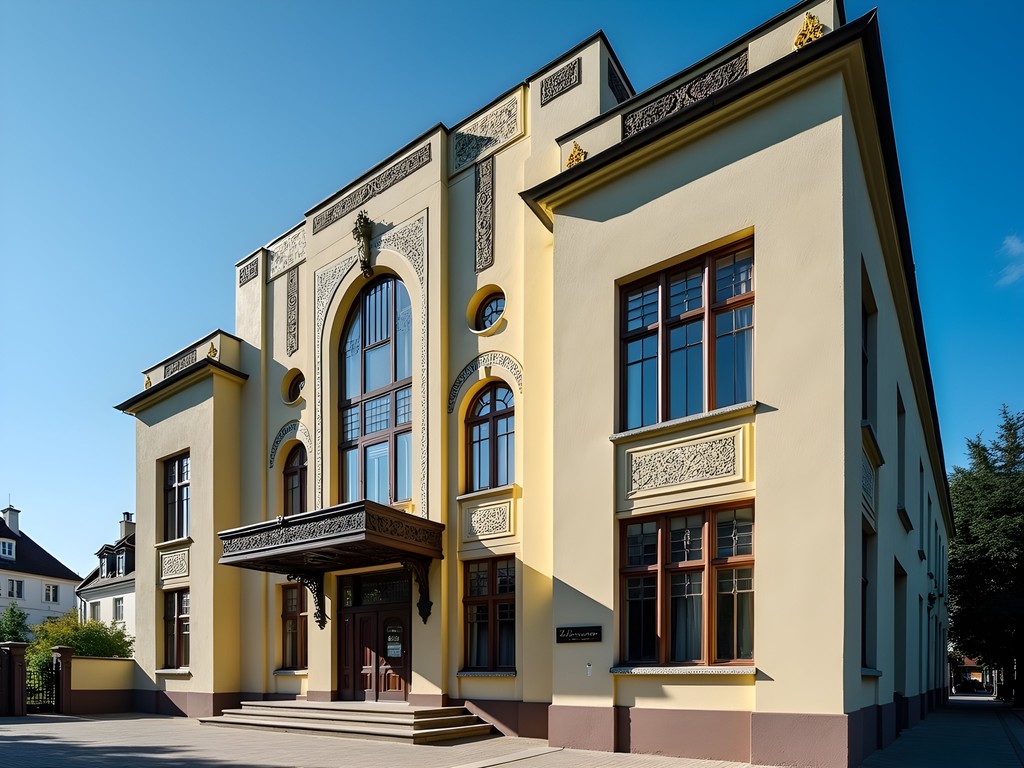
💡 Pro Tips
- The Kaunas Architectural Guide app offers detailed information about significant buildings with augmented reality features
- Visit the Žaliakalnis Funicular Railway—both a practical transport method and an architectural monument from 1931
- Many modernist buildings still function as public institutions, so you can explore interiors during business hours
Hidden Passages: Urban Exploration Below and Above
Beyond the well-documented street art and architecture, Kaunas offers rich opportunities for more adventurous urban exploration. As someone who has studied how wildlife creates corridors through urban environments, I'm equally fascinated by how humans navigate city spaces through unofficial routes and passages.
The most accessible of these hidden networks is the system of courtyards in the Old Town. Between Vilniaus gatvė and Muitinės gatvė lies a labyrinth of interconnected yards that locals use as shortcuts. Enter through any archway and you'll discover micro-communities with impromptu gardens, unofficial galleries, and small cafés known mainly to residents. These spaces represent what urban ecologists call 'third places'—neither home nor work, but vital social habitats where community bonds form.
For a more elevated perspective, head to Žaliakalnis district where a network of public stairways cuts through the hillside neighborhood. These stairs—some wooden, some stone, many unmarked on tourist maps—were built in the 1920s and 30s as the city expanded uphill. The Christ's Resurrection Basilica dominates the skyline here, but the journey up through these hidden vertical passages reveals domestic architecture and garden plots rarely seen by visitors.
When exploring these less-traveled routes, especially the hillside stairs that can be slippery after summer rain, appropriate footwear is essential. My hiking shoes have proven ideal for urban exploration—waterproof enough for unexpected weather but comfortable for covering substantial distances on varied surfaces. Unlike bulkier hiking boots, they don't mark you immediately as a tourist in urban settings, an important consideration when exploring residential areas respectfully.

💡 Pro Tips
- When exploring courtyards, maintain a respectful distance from residential windows and private areas
- The Žaliakalnis stairs are particularly beautiful at sunset when the low light illuminates the hillside homes
- Bring water when exploring the upper districts—the elevation change is more significant than it appears
Soviet Layers: Brutalism and Adaptation
No ecological assessment of Kaunas would be complete without examining its Soviet period, which left distinctive architectural and urban planning marks throughout the city. While many post-Soviet cities have rushed to erase this era, Kaunas offers thoughtful opportunities to understand how communities adapt to and repurpose ideologically-charged spaces.
The most accessible example is Laisvės alėja (Freedom Avenue), the main pedestrian boulevard. During Soviet times, the avenue's central Lenin statue served as the city's focal point. After independence, rather than simply removing all traces, the area was transformed into a new kind of public space. The former Lenin site now features a playful kinetic sculpture, while Soviet-era retail buildings have been adaptively reused for contemporary businesses.
For a more immersive experience, visit Kaunas' Ninth Fort Museum on the city's outskirts. Originally built as a fortress in the late 19th century, it was repurposed multiple times—first as a prison during the interwar period, then as a mass execution site during Nazi occupation, and finally as a Soviet museum that presented a carefully controlled historical narrative. Today, the site has been reclaimed once again, with exhibitions that critically examine all these layers of history, including the Soviet period's selective memorialization practices.
The brutalist monument at the Ninth Fort deserves particular attention from urban explorers. Standing 32 meters high, its massive concrete forms create a powerful statement visible from much of the city. Regardless of one's views on the political system that created it, the monument represents a significant artistic achievement and offers insight into how monumental art functioned in Soviet urban planning.
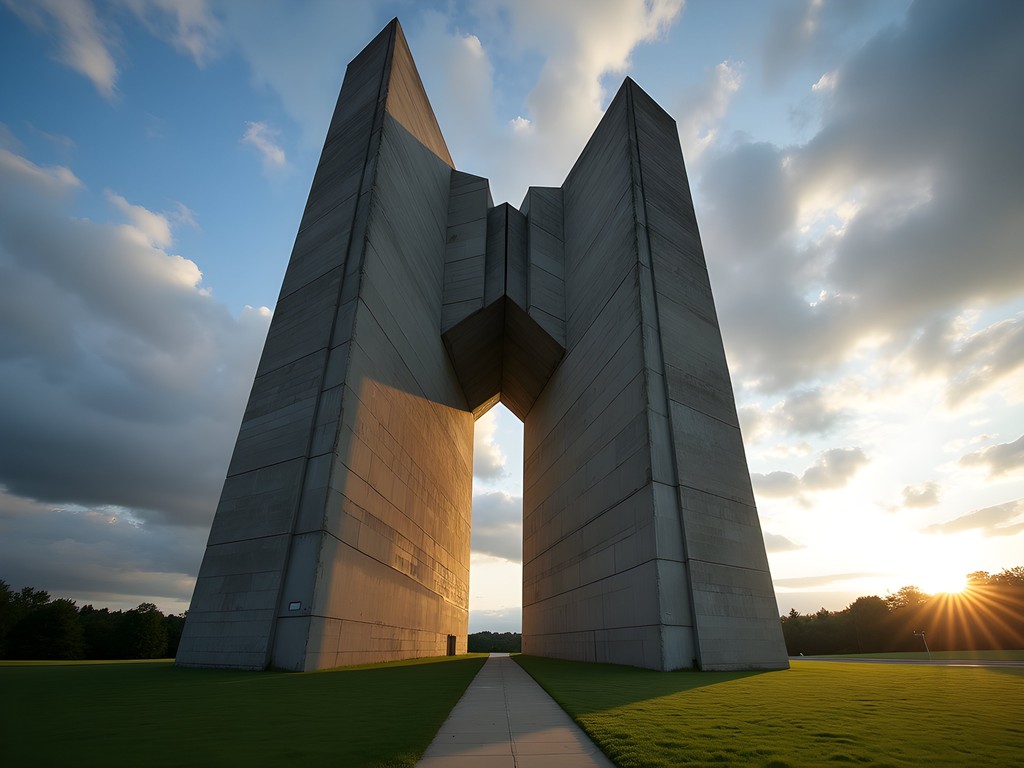
💡 Pro Tips
- The Ninth Fort requires at least 2-3 hours to properly explore—take the No. 23 bus from the city center
- Photography is permitted in most areas of Soviet-era sites, but always check specific rules at memorial locations
- Consider visiting the 1960s Kaunas Central Post Office branch on Laisvės alėja for a well-preserved example of late Soviet modernism
Student-Friendly Cultural Habitats: Where to Eat, Drink, and Gather
As someone who frequently works with university students in my research, I've developed an appreciation for spaces that foster intellectual exchange without straining limited budgets. Kaunas, with its large student population attending Vytautas Magnus University and Kaunas University of Technology, offers numerous such environments.
For affordable yet quality meals, Spurginė on Laisvės alėja has been serving traditional Lithuanian doughnuts (spurgos) since Soviet times. At approximately €1 for two doughnuts and coffee, it represents not just sustenance but cultural continuity—the shop has maintained its original interior and recipes for decades, creating a time-capsule experience alongside your meal.
Bookstore-café combinations provide excellent study or social environments. Knygų Ministerija (The Ministry of Books) in the Old Town functions as a multilingual bookstore by day and transforms into a cultural venue hosting readings and acoustic concerts by night. Their coffee is reasonably priced, and the staff welcome visitors who linger over a single drink while reading or working.
For evening gatherings, Kultūra offers an excellent case study in adaptive reuse. Housed in a former Soviet-era cinema, this multifunctional space includes a bar with student-friendly prices, an independent film program, exhibition space, and a small concert venue. The interior design thoughtfully incorporates original architectural elements while creating a contemporary atmosphere.
Documenting these experiences has been greatly enhanced by my travel journal, which I've found superior to digital methods for recording observations about social spaces. The physical act of writing and sketching in these environments allows me to blend in as just another patron rather than appearing as an obvious observer, resulting in more authentic experiences and interactions with locals.
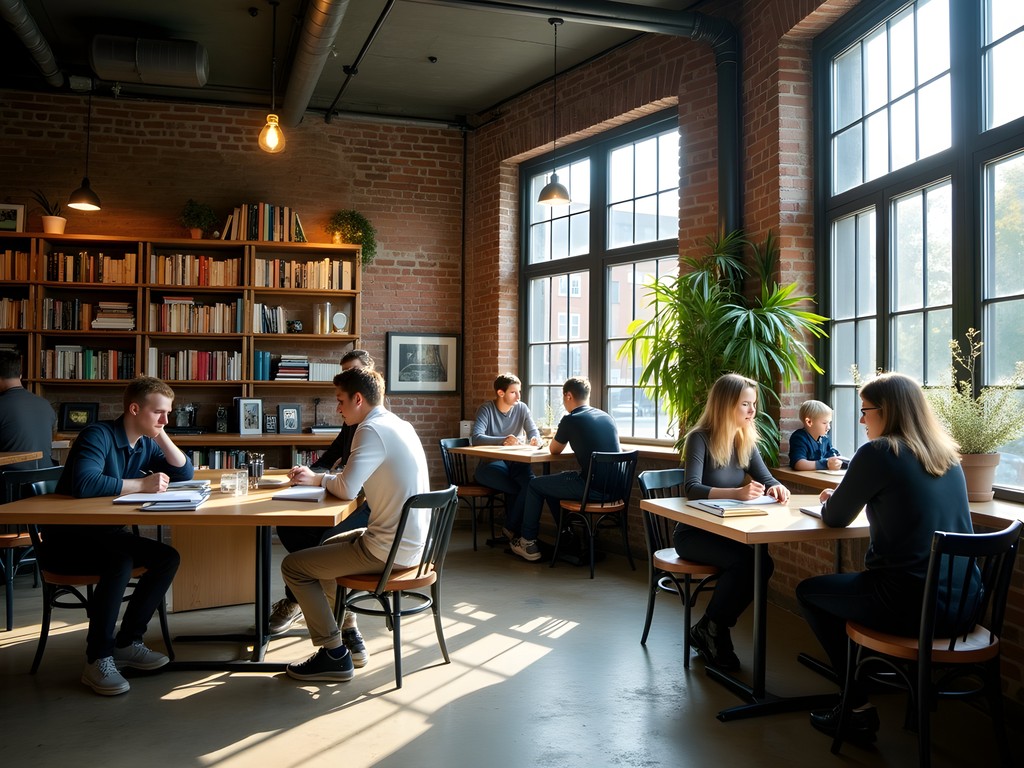
💡 Pro Tips
- Many cultural venues offer significant student discounts—always carry student ID if applicable
- Happy hour at Kultūra runs 5-7pm on weekdays with approximately 30% off drinks
- For inexpensive meals, look for 'dienos pietūs' (lunch of the day) specials, typically available 12-3pm
Final Thoughts
Kaunas reveals itself as a fascinating urban ecosystem where layers of history create unexpected niches for exploration. From the biological perspective I bring to my travels, I see the city as a living organism that has adapted to radical changes—from medieval trading center to interwar capital to Soviet industrial hub to contemporary European cultural center. The street art, hidden passages, and repurposed spaces we've explored demonstrate remarkable resilience and creativity.
For students and young travelers, Kaunas offers an ideal laboratory for understanding urban transformation without the crowds or costs of better-known European destinations. As you explore, I encourage you to develop your own systematic observation methods—whether through photography, journaling, or sketching—to document the city's continued evolution. The most valuable discoveries often lie in the transitions between recognized districts or in the adaptive reuse of spaces whose original purpose has been forgotten. Like any good field research, urban exploration rewards those who look beyond the obvious and question the ordinary.
✨ Key Takeaways
- Kaunas offers extraordinary value for budget-conscious urban explorers with world-class modernist architecture and street art
- The layered history creates unique exploration opportunities where medieval, interwar, Soviet and contemporary elements intersect
- Moving beyond tourist maps to discover hidden passages and courtyards reveals the authentic rhythm of the city
- Student-friendly venues provide cultural immersion without straining limited budgets
📋 Practical Information
Best Time to Visit
May through September, with June-August offering the warmest weather and longest daylight hours
Budget Estimate
€30-50 per day including hostel accommodation, public transportation, meals and entry to major sites
Recommended Duration
2-3 days for comprehensive exploration
Difficulty Level
Easy - Compact City Center With Good Public Transportation


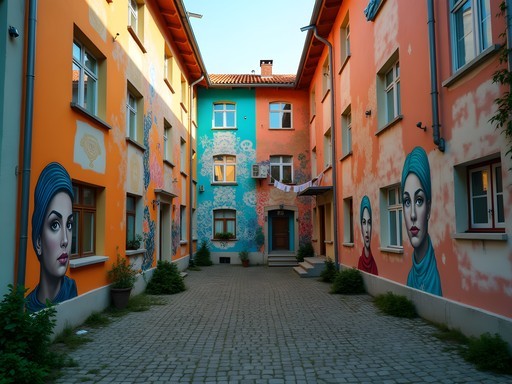
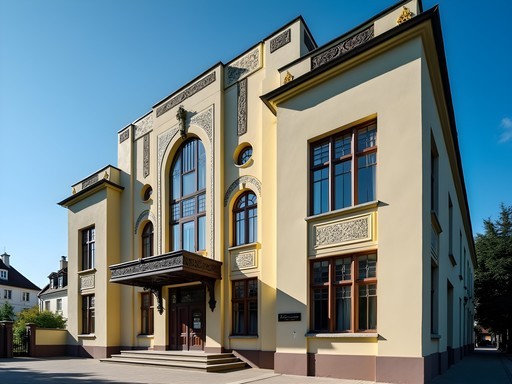
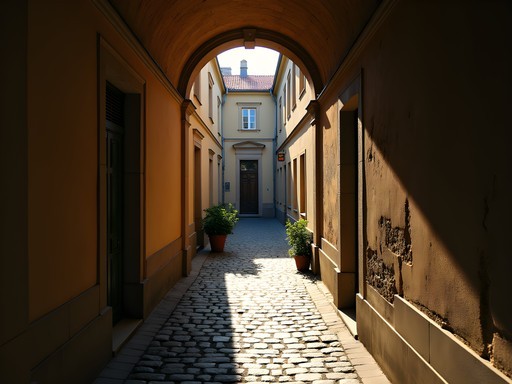










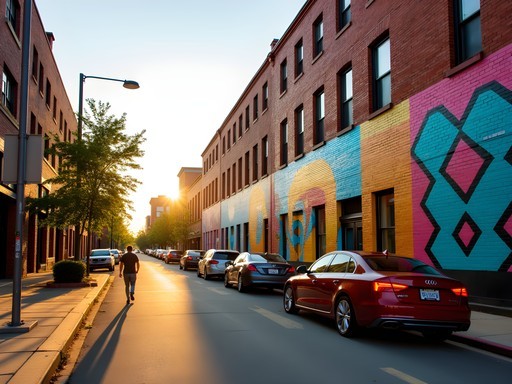
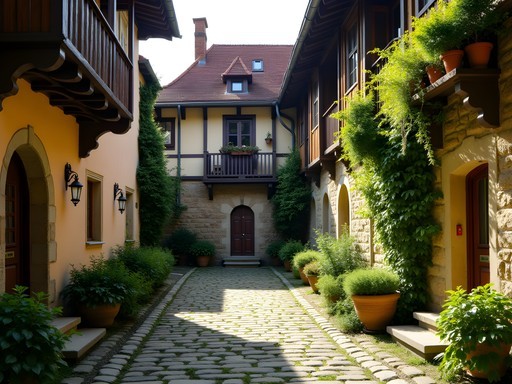
Comments
wanderperson
Just returned from Kaunas and used this guide extensively - thank you! For anyone heading there, the street art scene has expanded even more since this was written. There's a new section in Šančiai district with amazing murals by local artists. Also, download the Kaunas Tourism app - it has all the hidden passages marked now with audio guides. The Devil's Museum was surprisingly one of my highlights too - not mentioned here but fits perfectly with the quirky vibe of the city!
dreamphotographer6294
Just downloaded the app - thanks for the tip! How many days would you recommend for exploring all these spots?
wanderperson
I'd say minimum 3 full days if you want to really explore the street art and hidden spots. We stayed 4 and it felt perfect - not rushed at all.
redphotographer
Those street art photos are incredible! Need to visit ASAP!
Stephanie Romano
Sophia, your perspective as a wildlife biologist brings such a unique angle to urban exploration! I took my kids (8 and 11) to Kaunas last year, and they were absolutely mesmerized by the street art. We turned it into a scavenger hunt using the Lonely Planet Lithuania map as our guide. The interwar architecture section of your post reminded me that we missed the Žaliakalnis Funicular - adding that to our list for next time! One tip for families: the Devils' Museum was surprisingly kid-friendly and tied in nicely with the folk art elements you mentioned seeing in some of the street murals. The way you described Kaunas as an 'urban ecosystem' really resonates - it's exactly how the city felt to us too.
Sophia Wilson
A scavenger hunt is such a brilliant way to explore with kids! And yes, the Devils' Museum is fantastic - I should have mentioned it. The funicular is charming and offers great views for photos. Thanks for sharing your family perspective!
Taylor Moreau
Brilliant analysis of Kaunas as an urban ecosystem, Sophia. As someone who's visited for business several times, I've watched the street art scene evolve over the years. The way you connected the interwar architecture to the modern artistic expressions is spot on. One addition I'd suggest for urban explorers: the monthly night tours of the modernist buildings are extraordinary - they illuminate the structures differently and create an entirely new perspective. The docents often share stories that aren't in any guidebooks. The juxtaposition of Soviet-era industrial spaces being reclaimed by nature and artists is particularly fascinating from your biological perspective.
nomaddiver
Heading to Kaunas next month! How difficult was it to find those hidden passages? Are they marked on Google Maps or do you need a local guide? Love the idea of exploring the 'urban ecosystem' as you put it.
Taylor Moreau
Not the author, but I can tell you the passages aren't well-marked on mainstream maps. I'd recommend the Kaunas Urban Explorer Map which shows most of the hidden spots. The tourism office near the Town Hall has them. The M.K. Čiurlionis National Art Museum staff are also incredibly helpful for pointing out lesser-known art installations.
nomaddiver
Thanks for the tip! Will definitely stop by the tourism office first. Did you need any special gear for the underground passages?
Taylor Moreau
Just comfortable shoes and a small flashlight for some of the dimmer sections. Most are well-lit, but there are a few artistic installations in darker corners worth seeing.
beachperson
Just got back from Kaunas last week! Your biological perspective on urban spaces is so refreshing, Sophia. We stumbled upon that tunnel network near Laisvės Alėja you mentioned and it felt like discovering a secret dimension of the city. The contrast between the bright street art above ground and those dimly lit passages below was incredible. Did you manage to find that hidden courtyard with the mechanical bird installation? Took us three attempts!
Taylor Moreau
The mechanical bird installation was a highlight of my trip too! If you're heading back, they've recently added some interactive elements that respond to movement. Sophia's ecological framing really helps understand how these artistic spaces evolve within the urban environment.
beachperson
Oh really? I didn't know they added interactive elements! Definitely a reason to go back. Did you check out the modernist architecture tour too?
Taylor Moreau
Fascinating perspective using your wildlife biology background to analyze urban spaces, Sophia. I was in Kaunas last year for a business conference and extended my stay specifically to explore the modernist architecture. The Žaliakalnis funicular is indeed a hidden gem! I'd add that the M. K. Čiurlionis National Museum of Art offers an excellent exhibition on how the city's design evolved. For those interested in the underground passages, there's now a formal tour available through the tourism office that covers the old fortress tunnels - well worth the €15.
wanderperson
Thanks for the museum tip, Taylor! Adding that to my itinerary for next month.
dreamway
How's the public transportation there? Is it easy to get around without a car?
beachgal
Not the author but I found the buses and trolleybuses super easy to use! Download Trafi app - it shows all the routes and real-time arrivals. The city center is pretty walkable too.
dreamway
Thanks for the tip about the app! That'll make things much easier.
hikingguide
Just got back from Kaunas last week and your post would have been so helpful! The street art scene there is incredible - we stumbled upon that huge owl mural you mentioned completely by accident. One tip for anyone going: the best time to explore the Žaliakalnis neighborhood murals is late afternoon when the light hits them perfectly. We used our pocket map which had most of the major artworks marked. The interwar architecture section was my favorite part of the city!
dreamphotographer6294
This is exactly the kind of off-beat travel content I love! Sophia, did you need any special permission to access those hidden passages you mentioned? Planning a trip there in November and would love to explore them!
Sophia Wilson
Most of the passages I mentioned are actually accessible without permits! The ones near the Old Town have informal 'tours' run by locals. Just ask at Kulturos coffee shop - they'll point you in the right direction.
dreamphotographer6294
Amazing, thanks so much! Will definitely check out that coffee shop.
Venture X
Premium card with 2X miles, $300 travel credit, Priority Pass